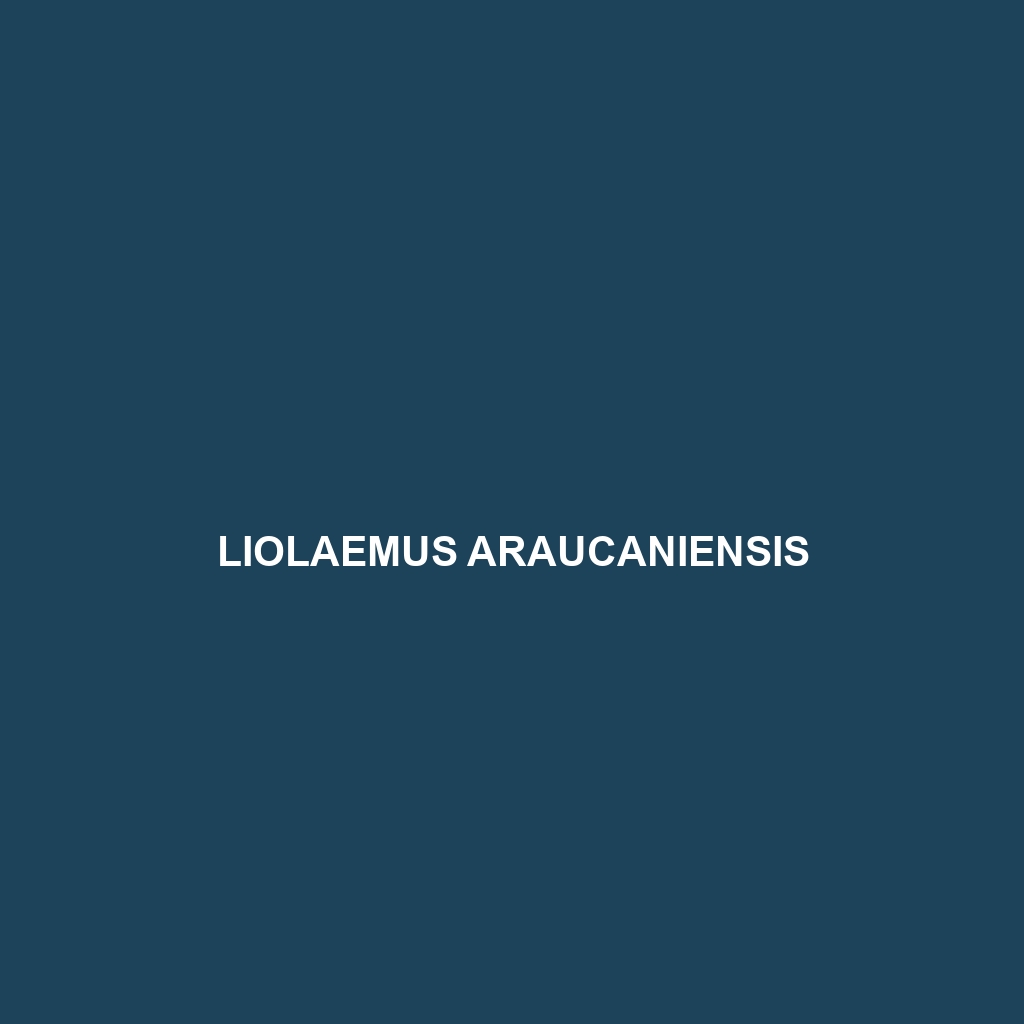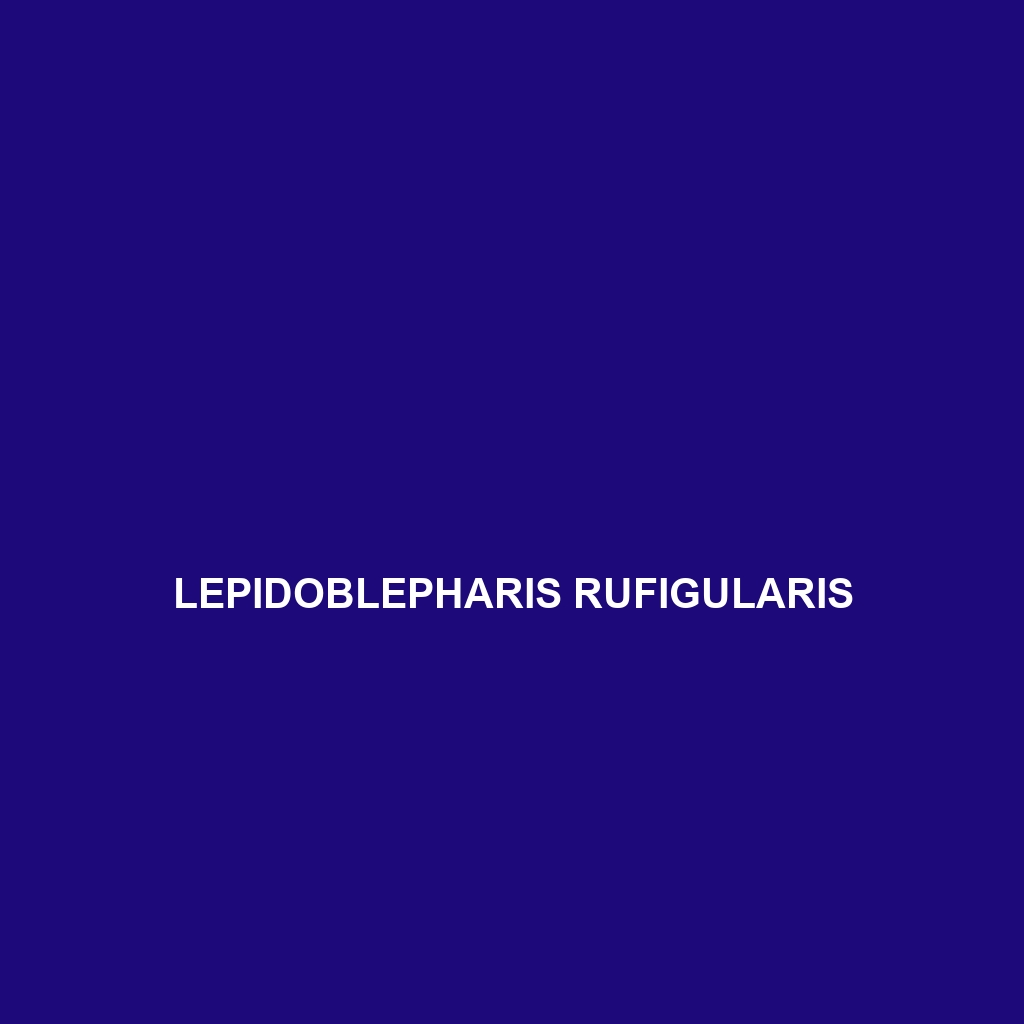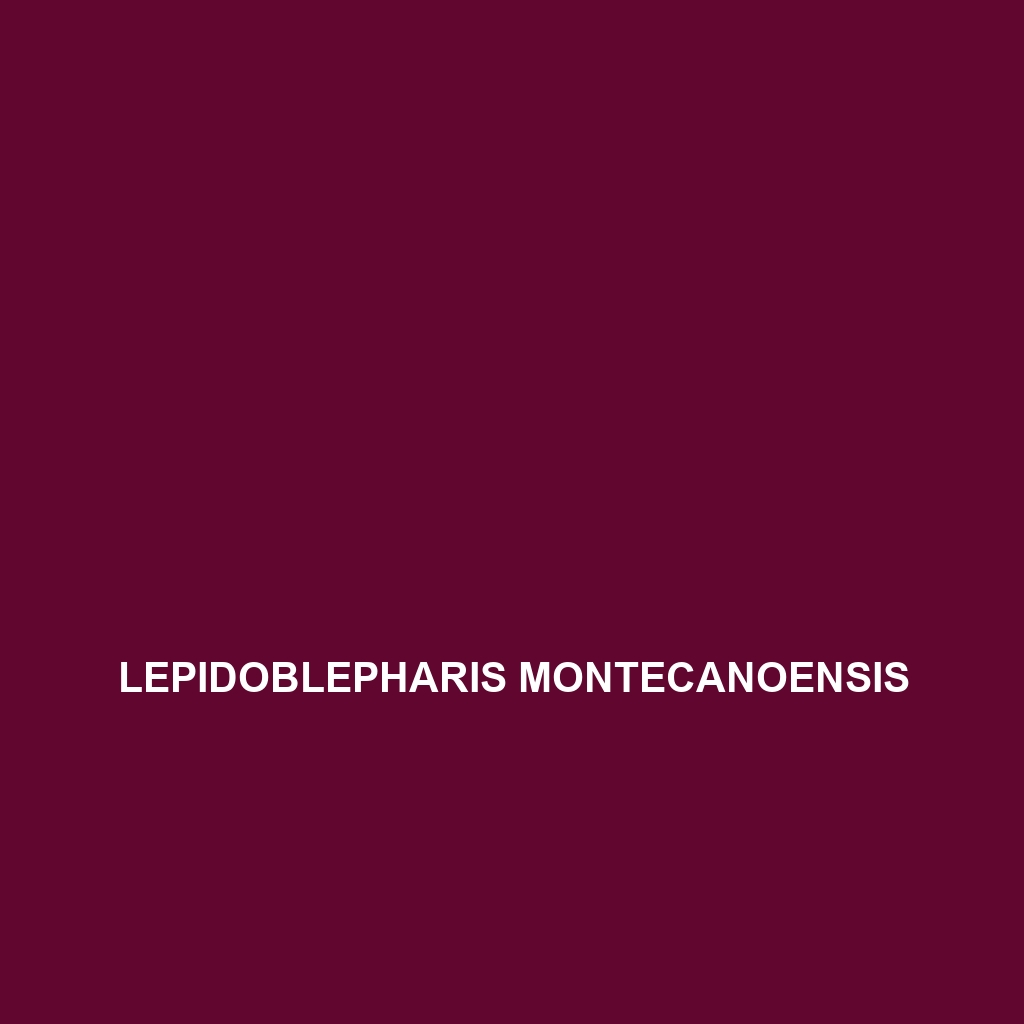<p><b>Liolaemus araucaniensis</b>, also known as the Araucanian liolaemus, is a distinctive lizard native to the temperate forests of central Chile. Reaching up to 15 cm in length, this species boasts a robust body with greenish to brown coloration, excels in climbing, and plays a crucial role in controlling insect populations while adapting to its diverse forest habitat.</p>
Tag: insectivorous lizards
Liolaemus andinus
Discover the Liolaemus andinus, or Andean Liolaemus, a unique high-altitude lizard found in the Andes Mountains, known for its distinctive coloration, territorial behavior, and diet primarily consisting of insects. This species adapts well to extreme climate conditions and plays a crucial role in maintaining ecological balance within its alpine habitat.
Lialis jicari
Discover the fascinating <b>Jicarian legless lizard (<i>Lialis jicari</i>)</b>, a slender, limb-free reptile native to Australia's savannas and temperate forests, known for its excellent camouflage, nocturnal and diurnal behaviors, and diet of insects. This species plays a crucial role in its ecosystem by controlling insect populations and offering insights into biodiversity.
Lerista uniduo
<p>Discover the fascinating <b>Lerista uniduo</b>, a small, elongated lizard native to Australia’s arid regions, known for its distinctive burrowing abilities, nocturnal behavior, and vital role in controlling insect populations. This species features sandy to light brown coloration and exhibits intriguing courtship rituals during its breeding season.</p>
Lerista terdigitata
The Lerista terdigitata, or three-toed legless lizard, is a unique, elongated reptile native to Australia's arid regions, characterized by its snake-like appearance, smooth scales, and primarily insectivorous diet. Preferring sandy habitats, this nocturnal lizard plays a vital role in regulating insect populations while serving as prey for larger predators, contributing to the ecological balance of its environment.
Lerista stictopleura
Discover the <b>Lerista stictopleura</b>, or striped skink, a fascinating Australian skink known for its distinctive dark and light stripes and diurnal behavior. Thriving in warm, sandy habitats, these agile insectivores play a vital role in ecosystem balance by regulating insect populations and aerating soil.
Lerista parameles
<p><b>Lerista parameles</b>, a fascinating insectivorous lizard found in Australia's temperate forests and savannas, features a smooth, elongated body with excellent camouflage and thrives in sandy, well-drained soils. Known for its secretive, nocturnal behavior and minimal social interactions, this species plays a crucial role in controlling insect populations while adapting well to its diverse habitat.</p>
Lepidophyma jasonjonesi
<p><b>Lepidophyma jasonjonesi</b>, commonly known as Jones' Tropical Flat Lizard, is a vibrant, nocturnal species found in Central America's rainforests, measuring 20 to 25 cm in length and displaying smooth, colorful scales. This insectivorous lizard plays a critical ecological role in its habitat, controlling insect populations while adapting to various microhabitats.</p>
Lepidoblepharis rufigularis
<p><b>Lepidoblepharis rufigularis</b> is a small to medium-sized lizard found in tropical rainforests of Central America, notable for its slender body, excellent camouflage, and insectivorous diet. This diurnal species plays a crucial role in its ecosystem by controlling insect populations and serving as prey for larger predators.</p>
Lepidoblepharis miyatai
Discover the fascinating <b>Lepidoblepharis miyatai</b>, a small, agile lizard inhabiting the humid rainforests of South America. Known for its nocturnal behavior, exceptional climbing skills, and critical role in pest control, this species showcases remarkable adaptations such as tail regeneration and cryptic coloration for effective camouflage.









